The value of heritage education
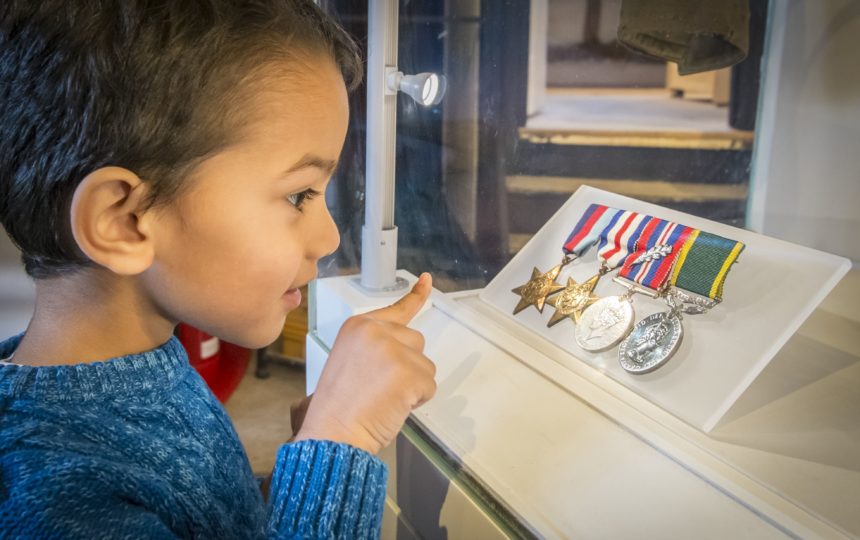
Museums and heritage attractions may be about the past, but in countless important ways they are about the future too, providing life enhancing learning experiences and inspiration as well as offering opportunities to develop our sense of wellbeing and belonging.
At GEM we believe that education and learning is at the heart of our museums and heritage attractions and that its impact in our society is wide reaching and incredibly valuable. This is why GEM believes the workforce who deliver it is so important.
Providing advice, training and opportunities to connect for the heritage learning workforce is at the heart of what we do at GEM. We believe that investing in the people who bring our heritage to life will both secure the future of our heritage organisations as well as enable them to flourish.

Heritage education offers a different kind of learning
Offering a different and special kind of learning experience, museums are places that can make learning memorable by giving access to things we might never encounter so powerfully in the classroom or in the pages of a book, and they can leave us wanting to discover even more.
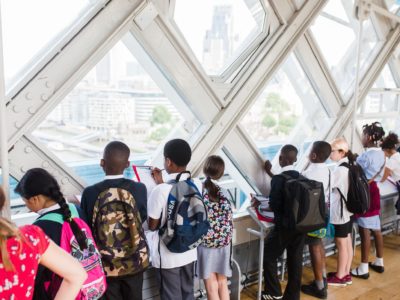
Heritage education matters to the economy
Museum audiences, and their hunger for knowledge, enjoyment and inspiration, are growing and the heritage sector is one of our nation's greatest economic assets.
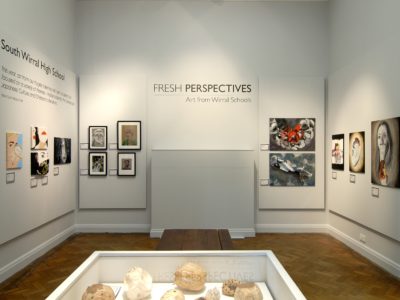
Heritage education happens in places that offer a trusted source of knowledge
The educational function of museums is widely understood. They are seen as places where knowledge is not just created but freely shared for the public good.
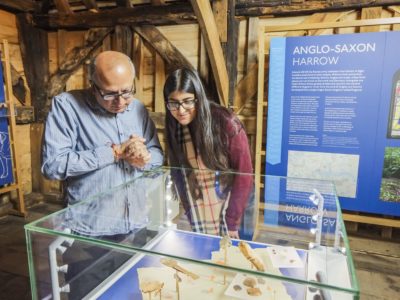
Heritage education involves people at all stages of life and with a wide variety of needs
Museums and heritage organisations respond to the needs of many different audiences. More and more they welcome people at all stages in life, embrace alternative histories and reach out to marginalised communities.

Heritage education brings out the best in children and deepens classroom learning
Alongside opportunities for informal learning, most museums and heritage sites work closely with schools and colleges to help children and young people learn outside the confines of the classroom.
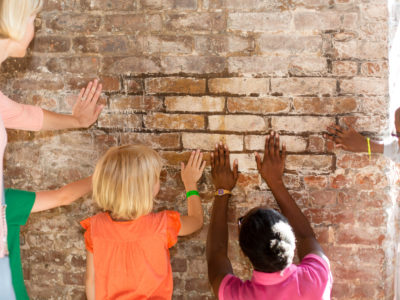
Heritage education contributes powerfully to civic awareness and our sense of place
An important aspect of the heritage sector is its role in defining local identity and reinforcing a sense of place. Sites of historical interest offer windows on the past and enhance our own sense of rootedness and belonging.
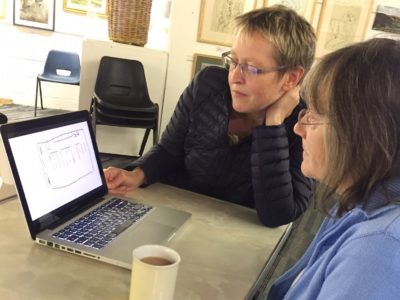
Heritage education uses the skills of a creative and changing workforce
Our heritage education workforce is skilled in the business of showing how we can use material evidence – in science, history, art and other disciplines – to understand and interpret the world in which we live.
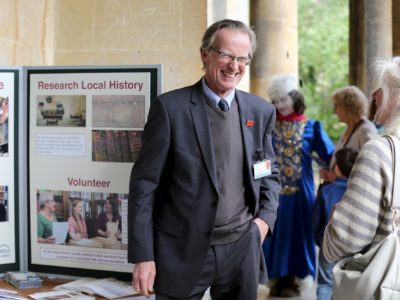
Heritage education provides a way to wellbeing
A growing body of research evidence suggests that engaging with museums and heritage sites is good for people’s mental and physical wellbeing.
